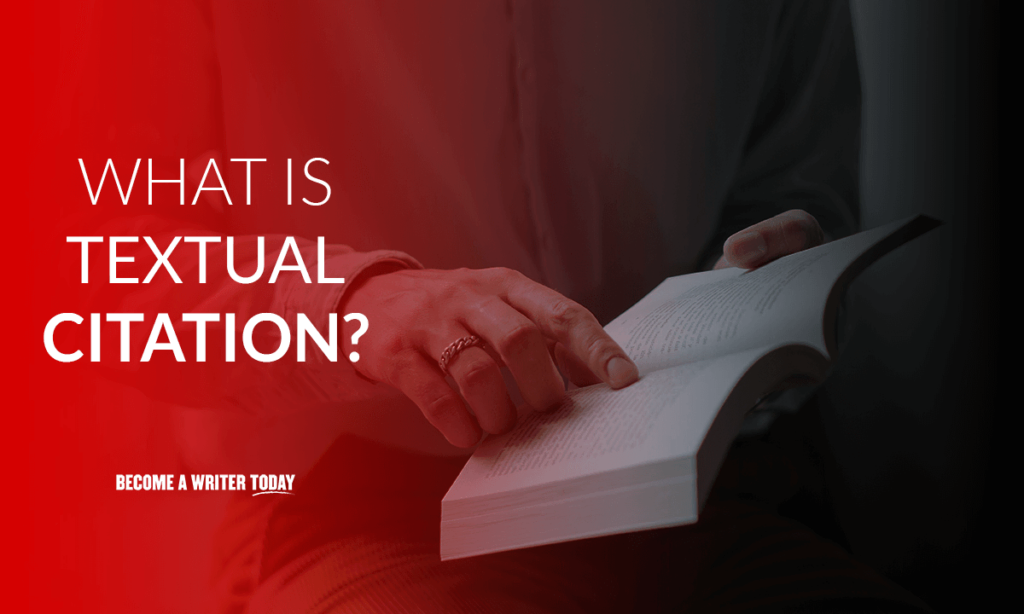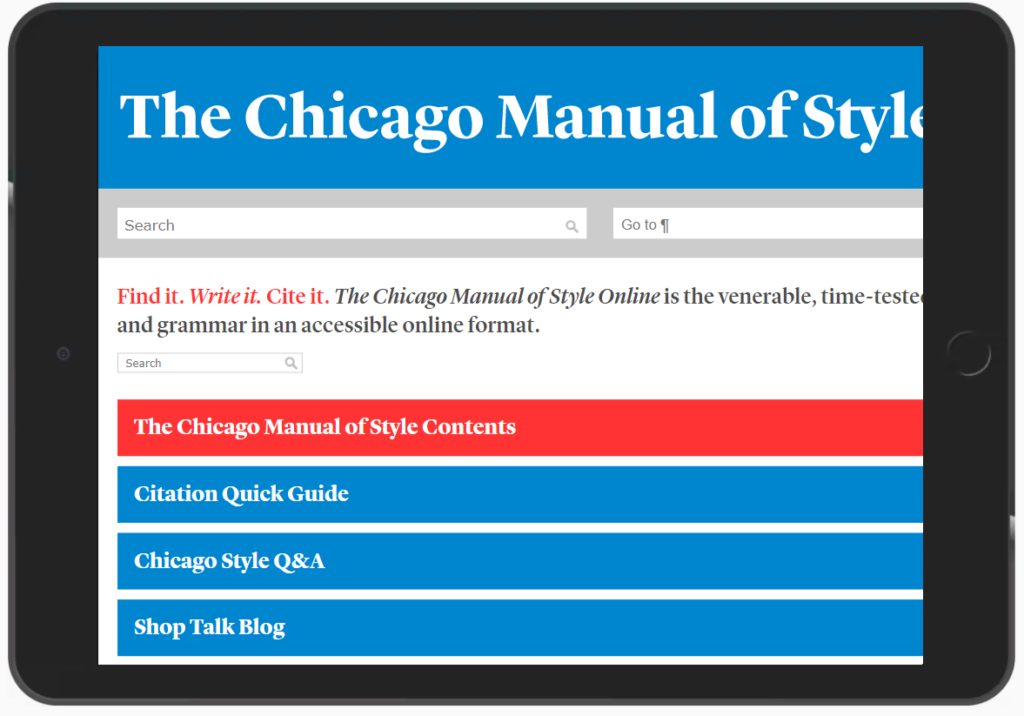To protect yourself from plagiarism, make sure you understand the answer to “What is textual citation?”
When writing a research paper, citations are an essential part of the process. You need to use citations to show where someone else’s ideas are woven into your paper. This practice allows writers to paraphrase the works of others without being guilty of plagiarism.
English teachers use several different types of in-text citations. To use them properly, you must first answer the question “What is a textual citation,” and you must understand the various forms. Using your citations well ensures you can convey your research and your own ideas ethically and accurately.
Contents
- What Is Textual Citation and How Do You Use It?
- APA Style Citations
- MLA Style Citations
- Chicago Style Citation
- Best Practices for In-Text Citation
- What to Do When You Don’t Know Some Information
- Special Considerations for Electronic Sources
- Sources With More Than One Author
- A Final Word on What Is Textual Citation
- FAQs About What is Textual Citation
What Is Textual Citation and How Do You Use It?

Textual citation refers to in-text citations that show where an idea came from. These citations appear at the end of a sentence, usually before the period, and may be in parenthesis or as a footnote or endnote. The in-text citation should point to a reference list entry on your bibliography or works cited page.
Writers have many different types of citations and styles of citation they can choose from, but all have similar components, which include:
- Work
- Author’s last name
- Page number
To use these citations well, you must understand the different types and their formatting.
APA Style Citations
APA style is one writing style that can dictate how you cite works. These rules are in a publication manual that comes from the American Psychological Association. APA citation style typically shows up in education, medical and philosophy writing.
When citing a book in an APA work, you will use parentheses after the sentence and before the period. In the parentheses, use this format:
(Author’s last name, year of publication, page number)
Here’s how this might look:
“We have to decide where our philosophy lies, because philosophy dictates action (Smith, 2003, p. 4).”
MLA Style Citations
Sometimes, teachers or publications will request MLA-style formatting for citations. This writing style guide has a more straightforward format that does not include the date of publication. It looks like this:
(Author’s last name page number)
It doesn’t even require a comma between the two words. So, the same example above would look like this:
“We have to decide where our philosophy lies because philosophy dictates action (Smith 4).”
MLA format also allows you to state the author in the work. In this case, you only need to use the page number in parenthesis. Here’s how this would look.
“In his book, Smith says, ‘We have to decide where our philosophy lies because philosophy dictates action,’ (4).”
Chicago Style Citation

The Chicago Manual of Style is a third style guide that can dictate the way you do in-text citations. For some publications, parenthetical citations are the chosen format, and these look like the APA format:
(Last name, date, page number)
However, the Chicago style also sometimes allows for no in-text citations. Instead, the work will use numbered footnotes and endnotes to indicate the sources.
Best Practices for In-Text Citation
As you prepare for your in-text citations, make sure you follow these best practices:
- If you are quoting, not paraphrasing, use quotation marks, which show that you have a direct quote.
- Follow the same citation style throughout the piece.
- Check the citation guide for sources with more than one author, but in most cases, list the first author in the in-text citation.
- Always match the in-text citations to your works cited bibliography or reference list page.
- Never assume the reader will know what source the information came from, and always cite it when possible.
What to Do When You Don’t Know Some Information
Sometimes you won’t have access to the author’s name or the publication year, and sometimes page numbers are not available. For most of the citation formats, you simply leave off this information. Always check with the style manual to know how to handle this situation.
Special Considerations for Electronic Sources
Because web pages and online resources don’t have publication dates and page numbers, they have their own citation formats. Here’s how each style cites websites:
- APA Format: If possible, use the author’s name or the article title in the text directly, rather than a parenthetical citation. If you must use parenthesis, use the author’s last name.
- MLA Format: For this format, use the author’s last name in parenthesis. If there is no author, use a shortened version of the article title.
- Chicago Style: For this style, use the format (author’s last name year of publication) with no comma or semicolon.
Sources With More Than One Author
Many sources have more than one author. When citing these as in-text citations, always check the style guide you are using for the most updated information.
If the work has two authors, simply put the two authors’ last names separated by “and.” If the work has multiple authors, list the first author and the word “et al” afterward. On your works cited page, you will list all of the authors. If you liked this post, you might be interested in our explainer on if Grammarly can help with APA.
A Final Word on What Is Textual Citation
Textual citations give you the ability to credit another author or work with the ideal they gave you. Therefore, it is a valuable protection to avoid plagiarism, a serious offense that could lead to a failing grade or a copyright infringement lawsuit.
Your in-text citations will likely follow the APA, MLA, or Chicago Manual of Style citation rules. Keep them consistent throughout the piece, and always connect the citations to an end-of-the-piece bibliography. This strategy will allow you to use your research well and avoid the temptation to claim someone else’s writing as your own.
FAQs About What is Textual Citation
What is textual citation?
Textual citation is a tool that allows you to make note within a written piece about who contributed the ideas to your writing. For example, if you research from other sources, you must credit them in your work. Textual citations allow you to do this.
What are parenthetical citations?
Parenthetical citations are in-text citations that allow you to place key information at the end of the sentence that shows who gave you the idea you are quoting.